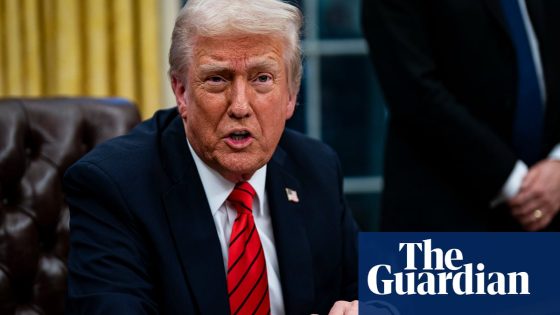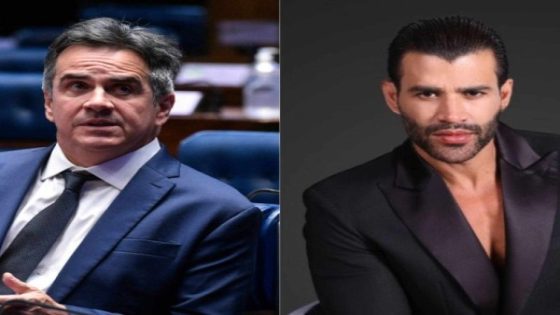On February 14, 2025, in the Oval Office, Donald Trump expressed his desire to restart nuclear arms control talks with Russia and China. He aims for a potential agreement among the three nations to significantly reduce their defense budgets.
- Trump seeks nuclear talks with Russia, China
- Advocates for cutting military budgets in half
- Criticizes spending on new nuclear weapons
- Predicts China's nuclear capabilities will increase
- Supports Russia's re-entry into the G7
- Plans separate peace talks with Putin
Trump’s remarks come amid ongoing tensions between the united states, Russia, and China regarding military capabilities. He criticized the substantial financial resources allocated to modernizing nuclear arsenals while suggesting that these funds could be better spent on more productive initiatives. Trump noted that both the U.S. and Russia have maintained large stockpiles of nuclear weapons since the Cold War era, but he warned that China is rapidly advancing its capabilities.
Key points from Trump’s statements include:
- The U.S. has invested hundreds of billions into its nuclear deterrent.
- Trump believes there is no need for new nuclear weapons given existing stockpiles capable of massive destruction.
- He anticipates China’s nuclear capabilities could match those of the U.S. and Russia within five or six years.
Additionally, Trump indicated his intention to engage in discussions about arms reduction once geopolitical issues in regions like the Middle East and Ukraine are resolved. He expressed a desire for direct talks with Russian President Vladimir Putin and Chinese President Xi Jinping regarding military budget cuts.
This initiative follows Trump’s previous attempts during his first term to involve China in similar negotiations when extending the New Start treaty with Russia. However, those efforts faced challenges as Russia suspended its participation under Biden’s administration amid ongoing military enhancements by both nations.
In summary, Trump’s proposal seeks a significant shift in international military spending practices through renewed dialogue on nuclear arms control with major powers like Russia and China. His approach reflects ongoing concerns about escalating defense expenditures amidst complex geopolitical tensions.

































